Wildlife photography presents a thrilling challenge, how do you capture the split-second motion of a soaring eagle or a sprinting white-tailed deer? The unpredictable nature of wildlife demands quick reflexes, precise camera settings, and a deep understanding of movement. Whether it’s a soaring bird, a sprinting predator, or an animal mid-leap, mastering action photography will help you create striking and dynamic images. This guide covers essential techniques to enhance your wildlife motion photography.
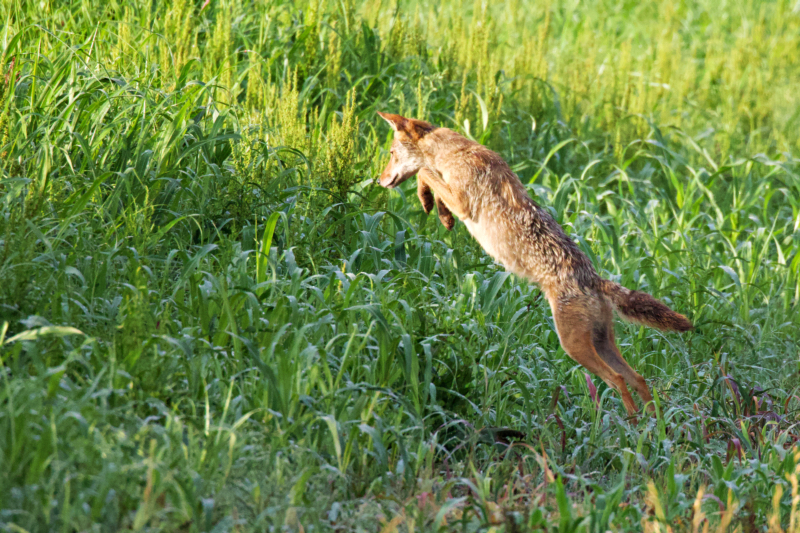
1. Wildlife Action Photography: Optimizing Shutter Speed for Motion
Shutter speed is crucial in either freezing motion or adding artistic blur to your images:
- Fast shutter speeds (1/1000s – 1/4000s): Ideal for birds in flight, running mammals, and rapid movements.
- Moderate speeds (1/250s – 1/800s): Suitable for walking animals or capturing subtle motion while maintaining sharpness.
- Slow shutter speeds (1/30s – 1/100s): Perfect for creative motion blur, such as panning or flowing water effects.
Tip: Use Shutter Priority Mode (Tv or S) to control shutter speed while letting the camera adjust aperture and ISO automatically.
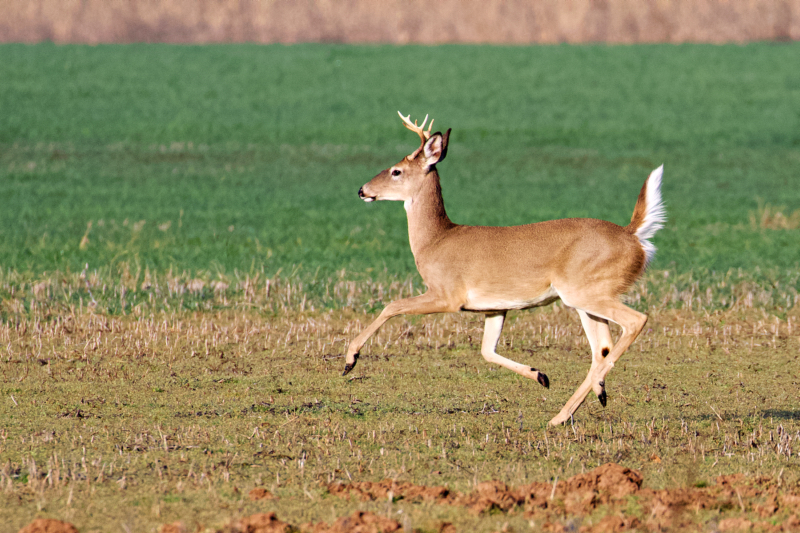
2. Mastering Autofocus for Moving Subjects
Continuous autofocus (AF-C or AI Servo) is essential for tracking wildlife in motion. Optimize your AF settings with these techniques:
- Dynamic or zone AF mode: Keeps moving subjects sharp even if they shift erratically.
- Back-button focus: Maintains continuous tracking without accidental refocusing.
- Adjust AF sensitivity: Enhances focus accuracy when tracking unpredictable movement.
Tip: Experiment with different autofocus modes on your camera to find the most effective setting for various wildlife situations.
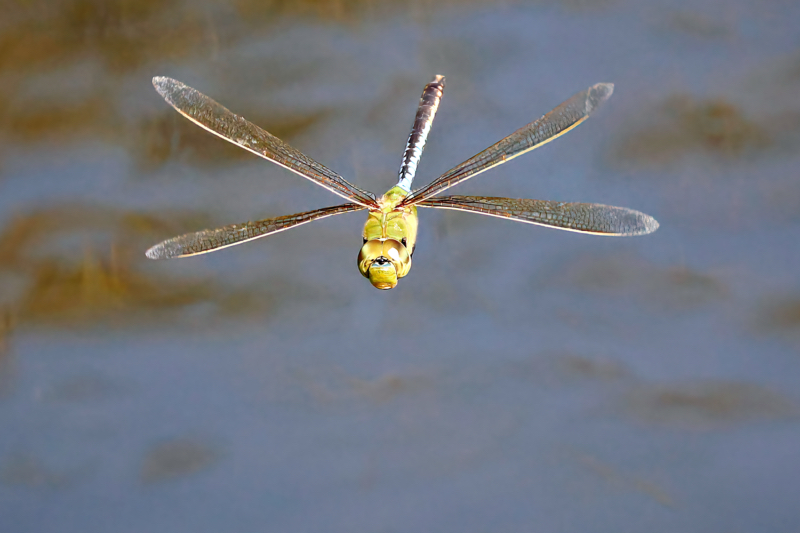
3. High-Speed Burst Mode in Wildlife Action Photography
Shooting in burst mode increases the likelihood of capturing the perfect moment, whether it’s a bird taking off or a predator striking. However, it’s important to manage buffer limits to avoid missing crucial shots. Consider using a camera with a high buffer capacity and shooting in lower file formats if necessary to extend burst sequences.
After capturing a burst sequence, selecting the best image is key. Look for sharpness in critical areas, a dynamic pose, and balanced composition to choose the most compelling frame.
Tip: A high-speed memory card (UHS-II or CFexpress) improves processing speed, allowing your camera to handle continuous shooting more efficiently.
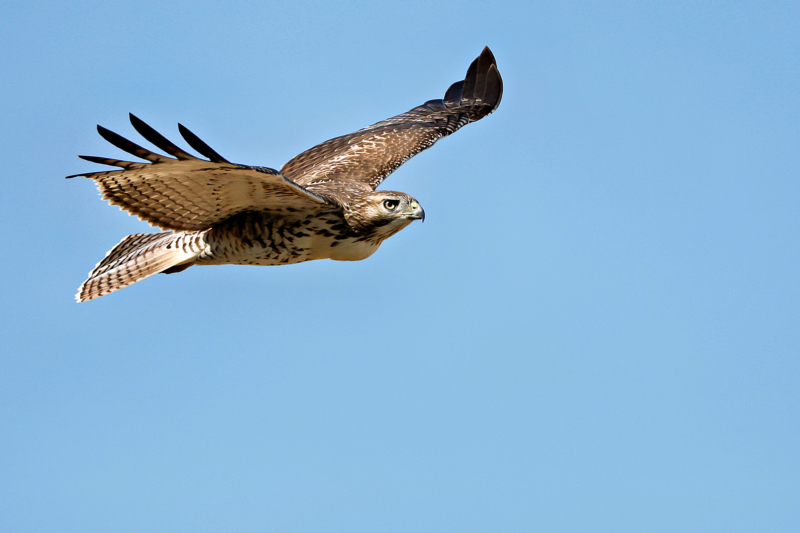
4. Balancing ISO and Exposure for Dynamic Scenes
Fast shutter speeds often require higher ISOs, especially in low-light conditions.
- Enable Auto ISO with a set maximum limit to control noise while maintaining proper exposure.
- Expose for highlights to prevent overexposed areas in bright environments.
- Shoot in RAW for greater flexibility in post-processing adjustments.
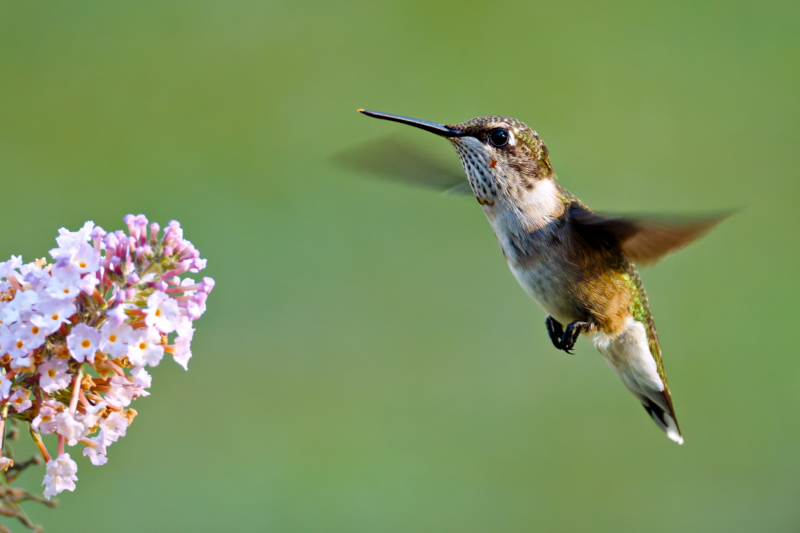
5. Predicting Animal Behavior in Wildlife Action Photography
Great wildlife photographers anticipate movement rather than just reacting. Understanding animal behavior allows you to predict motion and prepare accordingly.
Tip: Birds often exhibit subtle cues before taking flight, such as crouching or adjusting their posture. Similarly, deer flick their ears and tense their muscles before sprinting, while predators like foxes lower their bodies before pouncing. Observing these signs enables you to time your shots effectively.
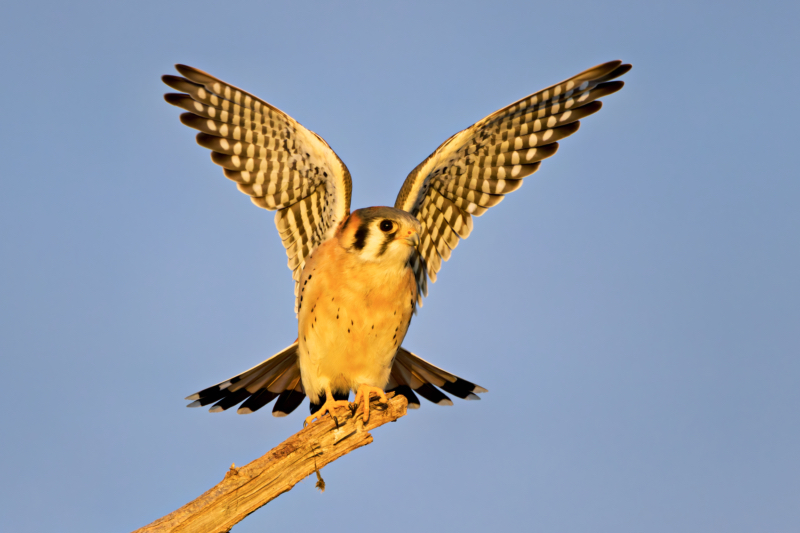
Final Thoughts
Mastering wildlife action photography takes practice, patience, and the right techniques. By refining your shutter speed for optimal motion capture, mastering autofocus for precision, utilizing burst mode effectively, balancing ISO and exposure, and anticipating animal behavior, you can consistently achieve striking wildlife images. Capturing wildlife in motion is as much about preparation and technique as it is about being in the right place at the right time.
Next Up: “Using Natural Elements for More Impactful Wildlife Compositions.” Stay tuned for more expert tips!

very good article
Thank you, Don!